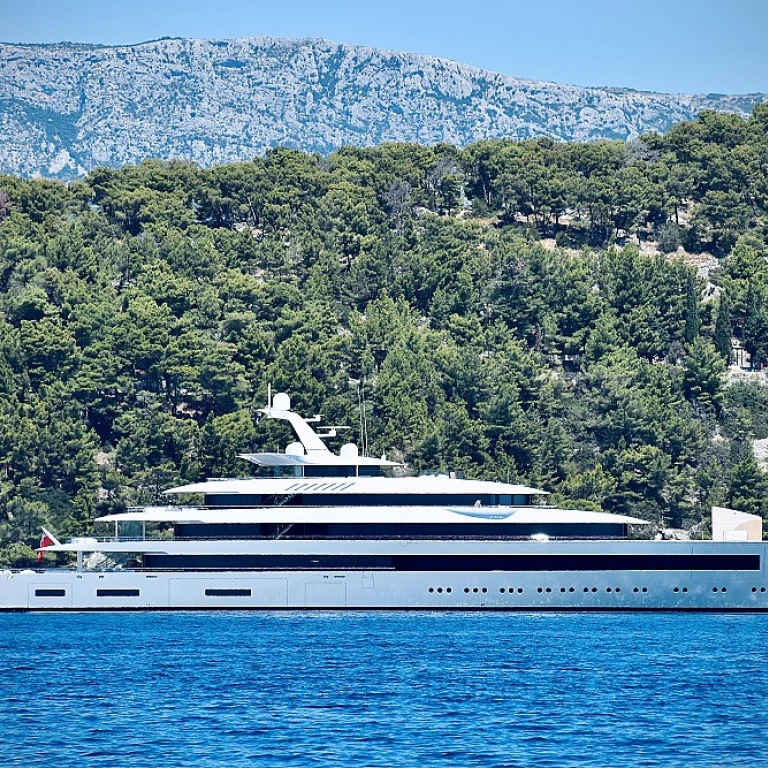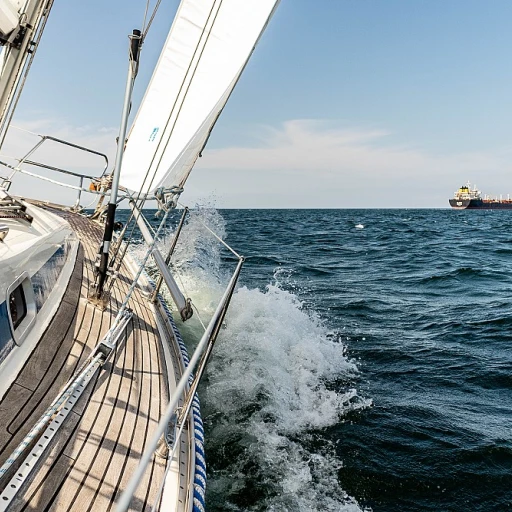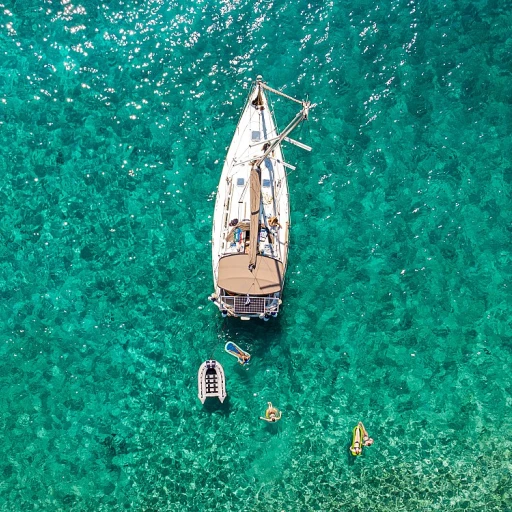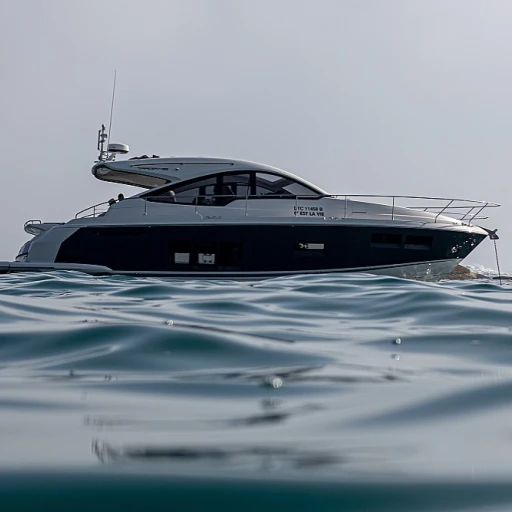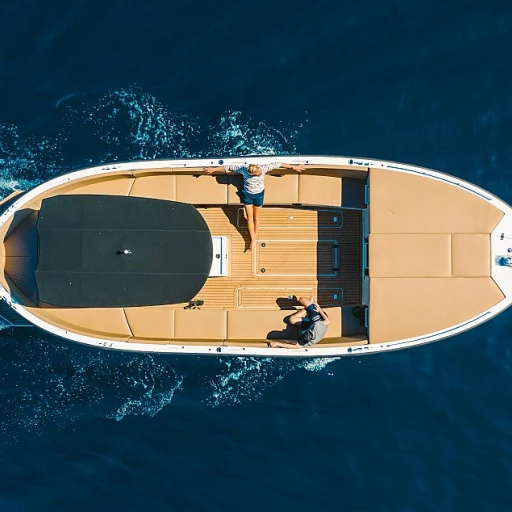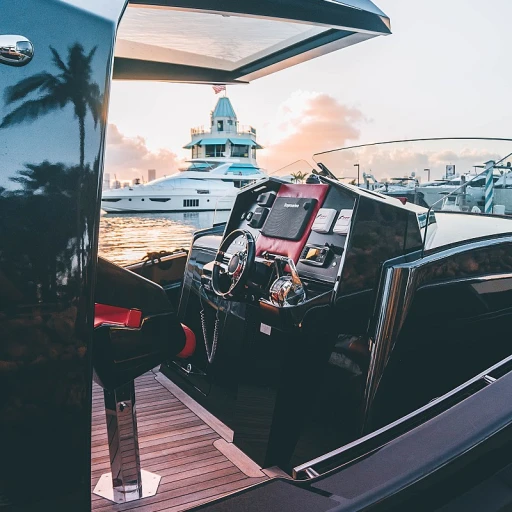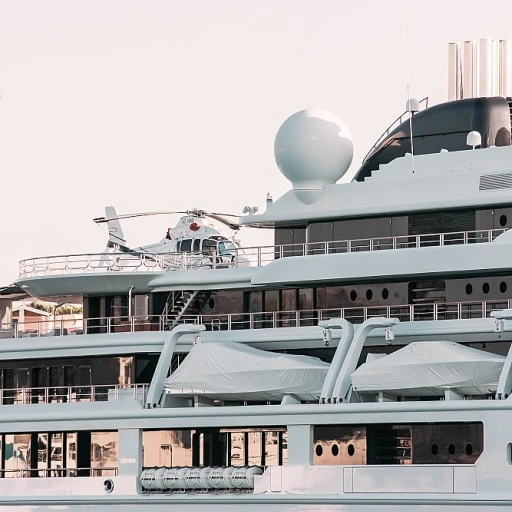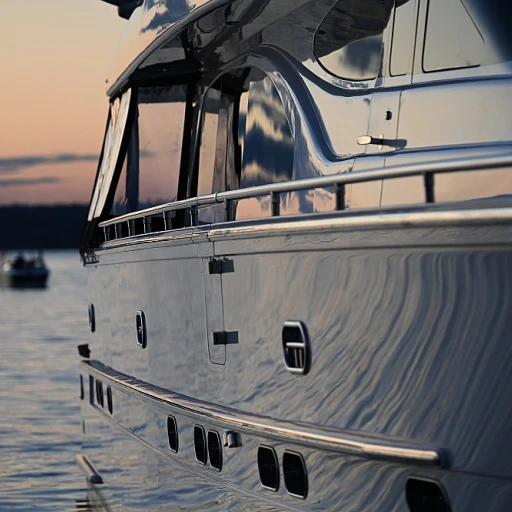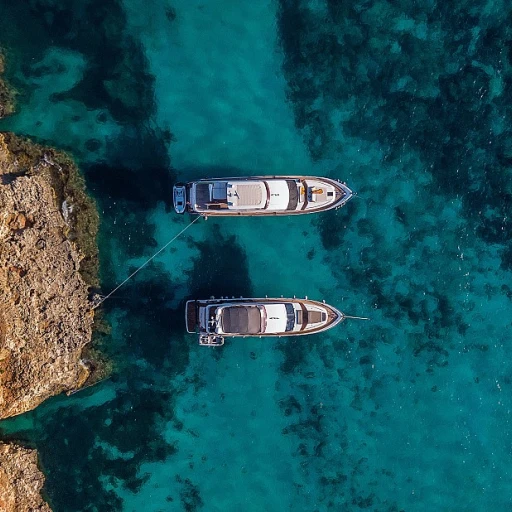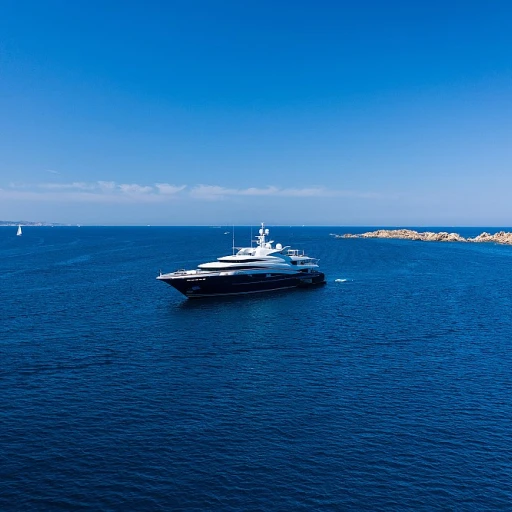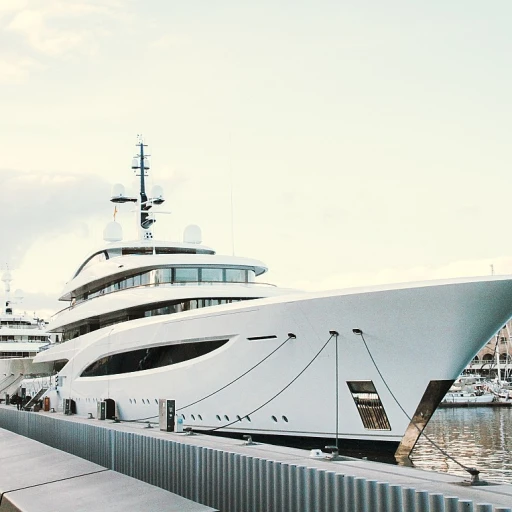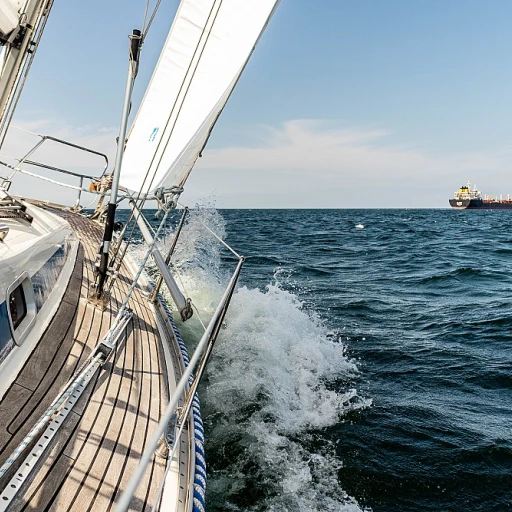Choosing the Right Anchor for Your Pontoon Boat
Selecting the Optimal Anchor for Stability
Choosing the right anchor for your pontoon boat is crucial to ensuring a stable and secure hold, whether you're enjoying a peaceful day on a lake or facing the more challenging conditions of a river. The decision largely hinges on certain key factors, such as the type of bottom surface and the size of your boat. Picking the best anchor involves understanding the different types available and their suitability for different water conditions. For instance, a box anchor is often recommended due to its effectiveness across varied environments and conditions, making it a versatile choice for pontoon anchoring. Its unique design allows it to dig in regardless of the lake or river bed composition, providing a reliable hold. When evaluating anchors for your pontoon, take into account the anchor rope and chain combination. An anchor rode, which usually comprises a rope chain, is essential for maximizing the holding power. Make sure to match the size of the chain to your pontoon's specifications. This approach helps the anchor set well, ensuring stability and security. The location where you choose to anchor can also influence the performance. Finding the best spot requires a good understanding of the depth, current, and wind conditions, all of which can affect how well the anchor holds the boat. Once you've settled on the right anchor, consider integrating essential boat accessories to optimize your anchoring experience. These accessories might include an anchor storage solution to keep your deck tidy or a retrieval system to ease handling. By selecting the appropriate anchor and setting it correctly, you're not just securing your pontoon but also enhancing your overall boating enjoyment. As you become familiar with the different factors influencing anchor performance and explore advanced strategies, you can ensure a stress-free and pleasurable boating experience.Factors Influencing Anchor Performance
Key Factors That Determine Anchor Effectiveness
In order to achieve optimal anchoring and prevent your pontoon boat from drifting, it is crucial to understand the variables that influence anchor performance. Here is a breakdown of several important factors that you should consider:
- Anchor Type and Size: Choosing the best anchor suited for your size boat plays a significant role in stabilization. The weight and design of anchors such as fluke anchors or box anchors also affect how well the boat holds position in different substrates.
- Water Conditions: The depth and currents of the lake, river, or any water body where you set your anchor are pivotal. Strong currents or varying tide levels can impact the effectiveness of the anchor, requiring adjustments to your chosen location and technique.
- Anchor Rode Composition: The combination of anchor rope and anchor chain, known as the anchor rode, determines how well your boat is anchored. Generally, a rope and chain joined can offer greater holding power by providing catenary and cushioning against waves or wind.
- Anchor Setting: Setting the anchor effectively will ensure it digs in properly. This involves allowing sufficient time for the anchor to catch by gently backing down the pontoon, ensuring it is well set and ready to hold the boat in place.
- Storage and Maintenance: Anchor storage should be organized for quick deployment, ensuring your anchor rope and chain are free from knots and tangles, ready to use at a moment's notice.
By understanding these factors and adjusting your strategies accordingly, you can enhance pontoon anchoring performance significantly. Equipped with this knowledge, you'll be better prepared to handle various water conditions while ensuring your pontoon remains securely anchored.
Anchoring Techniques for Stability and Safety
Ensuring Secure Anchoring with Effective Techniques
Successfully anchoring your pontoon boat requires knowledge of effective techniques that prioritize safety and stability. A well-mastered anchoring process can help keep your boat secure, whether you're on a tranquil lake or navigating a flowing river. Here's how you can enhance your anchoring skills.
- Assessing the Conditions: Before setting your anchor, assess the water and weather conditions. This forethought helps in choosing the best location to drop your anchor. Consider the wind, current, and the depth of the water to effectively gauge the anchor's holding power.
- Setting the Anchor: Once the ideal spot is identified, begin by reversing your pontoon boat slowly to the desired position. This technique, when combined with the adequate length of anchor rode, ensures your anchor grips the lake or riverbed firmly. A good rule of thumb for the anchor rope length is at least seven times the water depth.
- Using the Right Tools: Equip your boat with necessary anchoring hardware like a chain joined with the rope, as it plays a crucial role in keeping the anchor steady. The chain helps by adding weight, improving the anchor’s holding capacity under water.
- Securing the Anchor: After the anchor is set, test its hold. Monitor if your boat stays stable and doesn’t drift in any direction. Adjust if needed by letting out more rope or repositioning.
Each of these steps involves both skill and careful judgement to ensure a secure anchoring experience. For a comprehensive look at enhancing your yacht maintenance techniques, consider exploring innovations like portable electric winches, which can offer convenience and efficiency for anchoring procedures.
Common Mistakes to Avoid When Anchoring
Avoiding Common Errors While Anchoring
Proper anchoring is essential for pontoon boat safety and stability, but it's surprisingly easy to make mistakes. Whether you're on a placid lake or a flowing river, keeping your anchor set correctly will ensure your boat stays in place. Let's delve into some common pitfalls you should steer clear of:- Incorrect Anchor Choice: Not all anchors are created equal. Using the wrong size or type of anchor can easily lead to drifting. It's vital to select the best anchor for your boat's needs, whether it's a box or a fluke style.
- Improper Rode Ratio: The rode, comprising both rope and chain, should be of appropriate length relative to the depth of the water. A common ratio is 7:1 (seven feet of rope for every foot of water depth), but adjustments may be necessary in different conditions.
- Poor Anchor Setting: Many boaters make the mistake of dropping their anchor without ensuring it's securely set in the bottom substrate. Dragging anchors can cause significant problems, particularly in crowded locations.
- Ineffective Anchor Storage: Once you're back at the dock, neglecting proper anchor storage can lead to unnecessary wear and tear. Invest in a quality anchor storage solution to extend the lifespan of your equipment.
- Lack of Anchor Monitoring: Even with the anchor set, changing conditions might affect its hold. Regularly check its position and adjust as needed to ensure your boat's security.
Advanced Anchoring Strategies for Experienced Boaters
Exploring Advanced Techniques for Seasoned Navigators
For the more experienced boaters, mastering advanced anchoring techniques can significantly enhance your pontoon anchoring skills. These methods are pivotal when dealing with challenging water conditions, ensuring your pontoon boats remain steady and secure.- Dynamic Positioning: Advanced boaters often leverage dynamic positioning systems that use GPS to maintain the boat's location without needing to drop an anchor. This technique benefits those in deeper waters or soft bottoms where traditional anchors might not work well.
- Dual Anchoring Method: Using two anchors instead of one can greatly improve stability, especially in wind-exposed areas or turbulent waters. By setting a second anchor at a different angle, typically 45 degrees from the first, you can minimize swinging and hold the boat more firmly. Consider the right anchor rope and anchor chain length for maximum efficiency.
- Bahama Mooring: When staying overnight or anticipating a shift in weather conditions on a river or lake, a Bahama mooring might be your best option. This involves dropping two anchors in sequence, one upstream and one downstream, which helps maintain your pontoon's position.
- Utilizing an Anchor Chain: Adding a length of chain between the anchor rope and the anchor itself can enhance the holding power of your anchor boat setup. The weight of the chain helps the anchor dig into the bottom more effectively, reducing drag.
Maintaining and Storing Your Pontoon Boat Anchor
Preserving Your Anchor for Performance and Longevity
Ensuring your pontoon boat’s anchor performs optimally each time it is set involves proper maintenance and storage procedures. These practices not only extend the life of your anchoring gear but also prevent property damage and save costs in the long run.
Regular Inspections: Regularly examine your boat anchor and its components, including the anchor chain and anchor rope, for wear and tear, such as rust or fraying. Identifying weak spots early on prevents potential failure in demanding conditions. The materials will face the elements in the lake, river, or any open water, so vigilance is key.
Cleaning Your Anchor: Rinse your anchor, anchor rode, and any joined parts with fresh water after each trip, especially if you’ve been in saltwater environments. Doing so will prevent corrosive salt residues from accumulating on the metal parts of your boat’s anchor equipment.
Anchor Storage: Proper anchor storage allows for a quick and seamless deployment next time you set out to anchor your pontoon. Designate a dry, accessible spot aboard your pontoon boat for storage. Ensure that the anchor is securely fastened to avoid it bouncing around on the deck, which can cause damage to the boat and the gear itself.
Anchor Management Systems: Investing in a dedicated anchor storage system can optimize space on board and keep your pontoon free from clutter. Such systems facilitate easy access when needed and can be found at a competitive sale price at marine supply stores.
By following these maintenance and storage guidelines, you not only safeguard your investment but ensure a hassle-free experience when anchoring your pontoon boat in any location, be it a calm lake or a flowing river.

